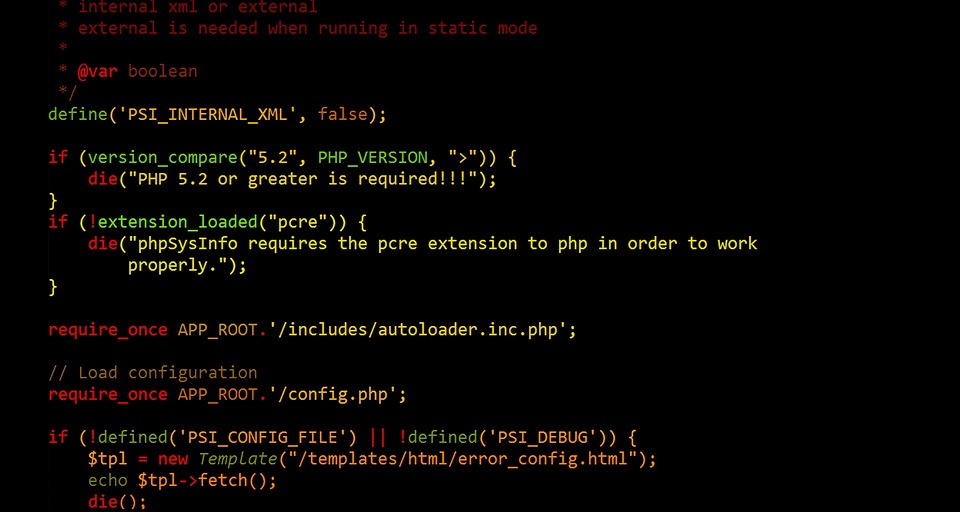In today’s fast-paced digital world, the need for swift and efficient application development is more pressing than ever. Businesses are looking for ways to respond to market demands quickly, iterate on their ideas, and deploy solutions that meet the changing needs of their users. This necessity has given rise to a revolutionary approach known as Rapid Application Development (RAD). Coupled with the emergence of low-code/no-code platforms, RAD is reshaping how we develop software, enabling even non-developers to transform concepts into functional web applications with ease.
Understanding Rapid Application Development (RAD)
At its core, Rapid Application Development emphasizes an iterative approach to software development that promotes rapid prototype releases and user feedback. This methodology contrasts sharply with traditional development models that often rely on lengthy planning and execution phases, which can delay project timelines significantly.
Key advantages of RAD include:
-
Faster Time-to-Market: By focusing on building prototypes and refining them through user feedback, companies can expedite the development process, allowing them to launch applications sooner.
-
Increased Flexibility: RAD’s iterative cycles allow developers to adapt to changing requirements and priorities swiftly, making it easier to pivot when necessary.
-
Enhanced User Involvement: Engaging users in the development process ensures that the final product aligns closely with their needs and expectations.
- Higher Quality Output: Continuous testing and iteration help catch bugs and usability issues earlier in the process, resulting in a more polished final product.
The Rise of Low-Code/No-Code Platforms
The advent of low-code/no-code platforms marks a significant shift in the software development landscape, further enhancing the principles of RAD. These platforms provide visual development environments, allowing users to create applications with little to no coding knowledge.
What is Low-Code/No-Code?
-
Low-Code: These platforms provide a graphical user interface with minimal hand coding required. They enable developers to automate processes and integrate various functionalities quickly, speeding up development without sacrificing too much flexibility.
- No-Code: These platforms are designed for complete non-developers, enabling them to build functional applications visually. Users can drag and drop pre-built components into their applications, facilitating the development process without any coding.
Impact on Speeding Up Development
-
Empowering Non-Developers: Tools like Bubble and Webflow allow users from various backgrounds—business analysts, marketers, and entrepreneurs—to build web applications without a traditional coding background. This democratization of app development means that ideas can be turned into reality more quickly.
-
Accelerating Iterations: With low-code/no-code platforms, making changes to an application is often as simple as modifying a few settings or rearranging components. This adaptability supports the RAD methodology by allowing for rapid iterations based on user feedback.
-
Cost Efficiency: Businesses can save on development costs by enabling internal teams to create and manage their applications, reducing reliance on external developers. This leads to more agile project management and resource allocation.
- Focus on Core Competencies: Developers can concentrate on complex functionalities and integrations rather than manual, repetitive tasks. This shift allows for more innovation and creativity in software design.
Bubble and Webflow: Leading the Charge
Bubble
Bubble is one of the most powerful no-code platforms available today, allowing users to build fully functional web applications without writing a single line of code. With its intuitive drag-and-drop interface and rich plugin ecosystem, Bubble users can create complex applications ranging from simple prototypes to fully-fledged platforms. Its capabilities include designing UI elements, managing databases, and setting workflows using a visual programming approach.
Webflow
On the other hand, Webflow combines web design and development into one platform. It enables designers to create responsive websites visually, with a high degree of customization, while also providing functionality for CMS (Content Management System) and eCommerce solutions. Webflow empowers users to launch websites that don’t just look great but are also optimized for performance and SEO, making it a great choice for marketing teams and entrepreneurs alike.
Conclusion
The transition from concept to code has never been smoother, thanks to Rapid Application Development and the rise of low-code/no-code platforms. By leveraging these tools, businesses can accelerate their development processes, empower non-developers, and ultimately deliver high-quality applications that meet market demands. As technology continues to evolve, embracing these modern development methodologies will be crucial for organizations looking to stay ahead of the competition. The future of app development is here—and it’s accessible to everyone.



